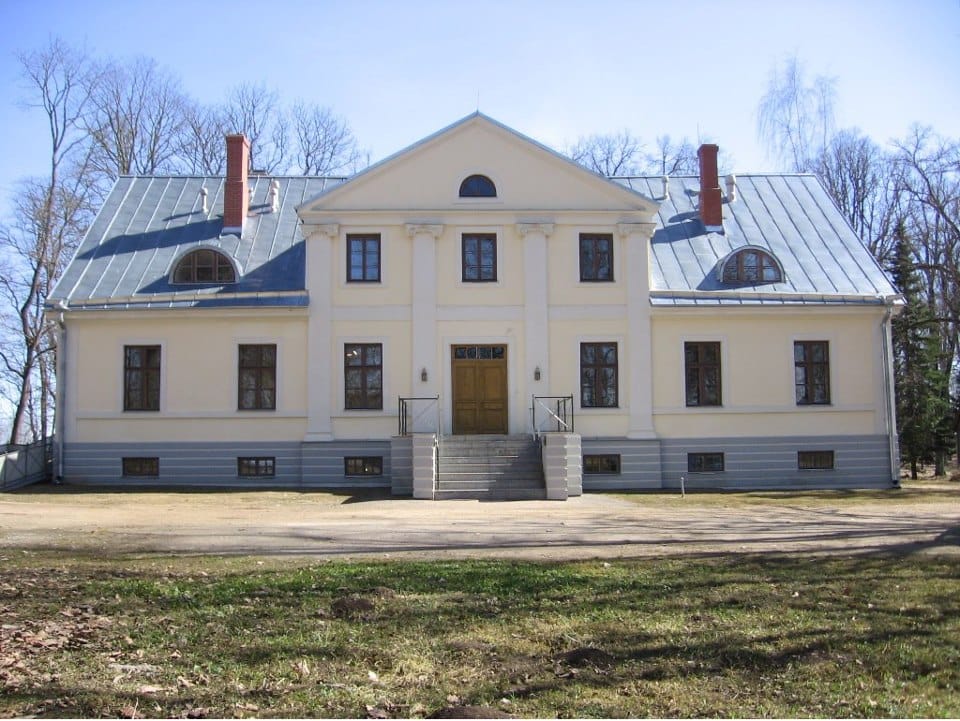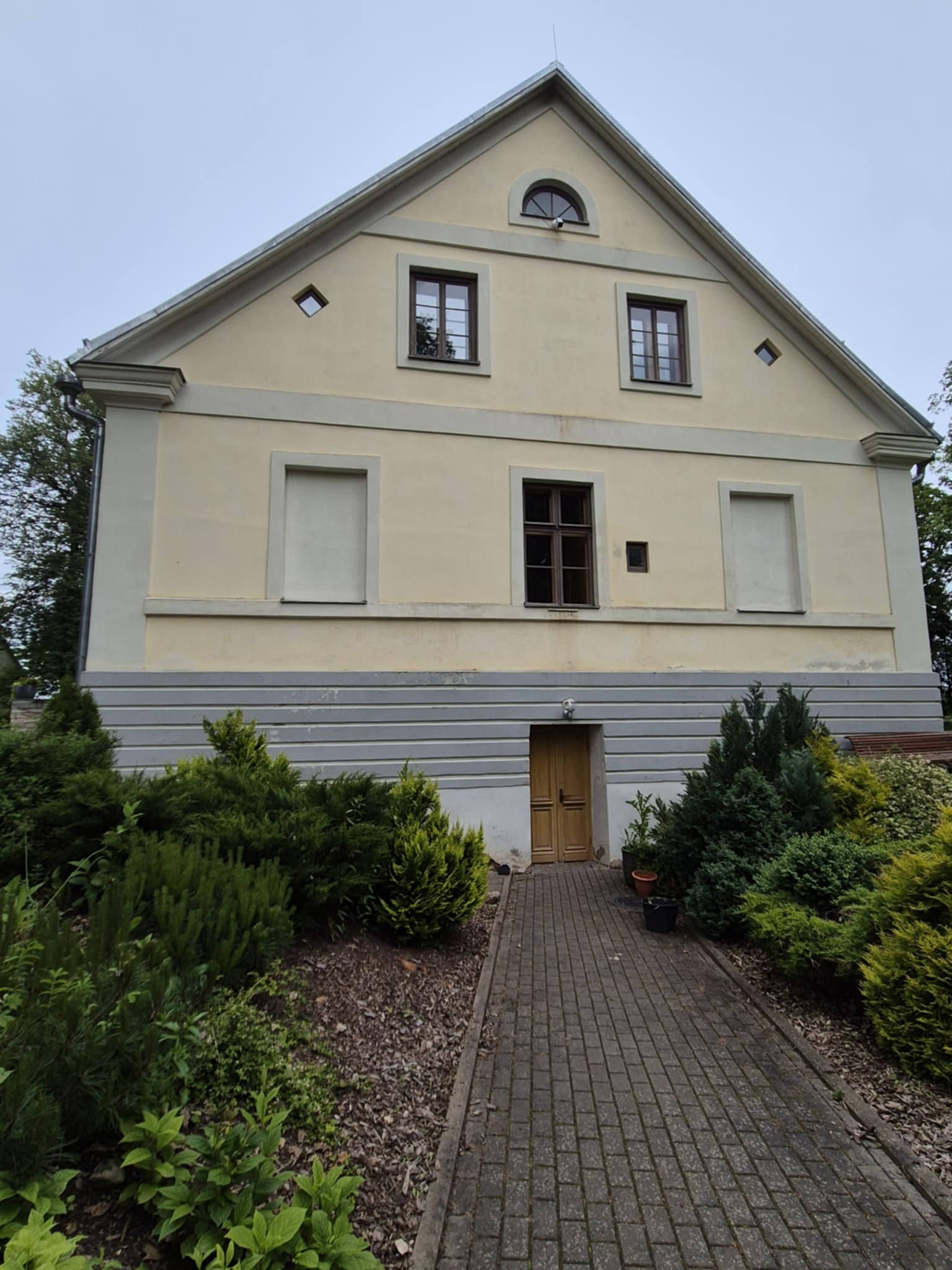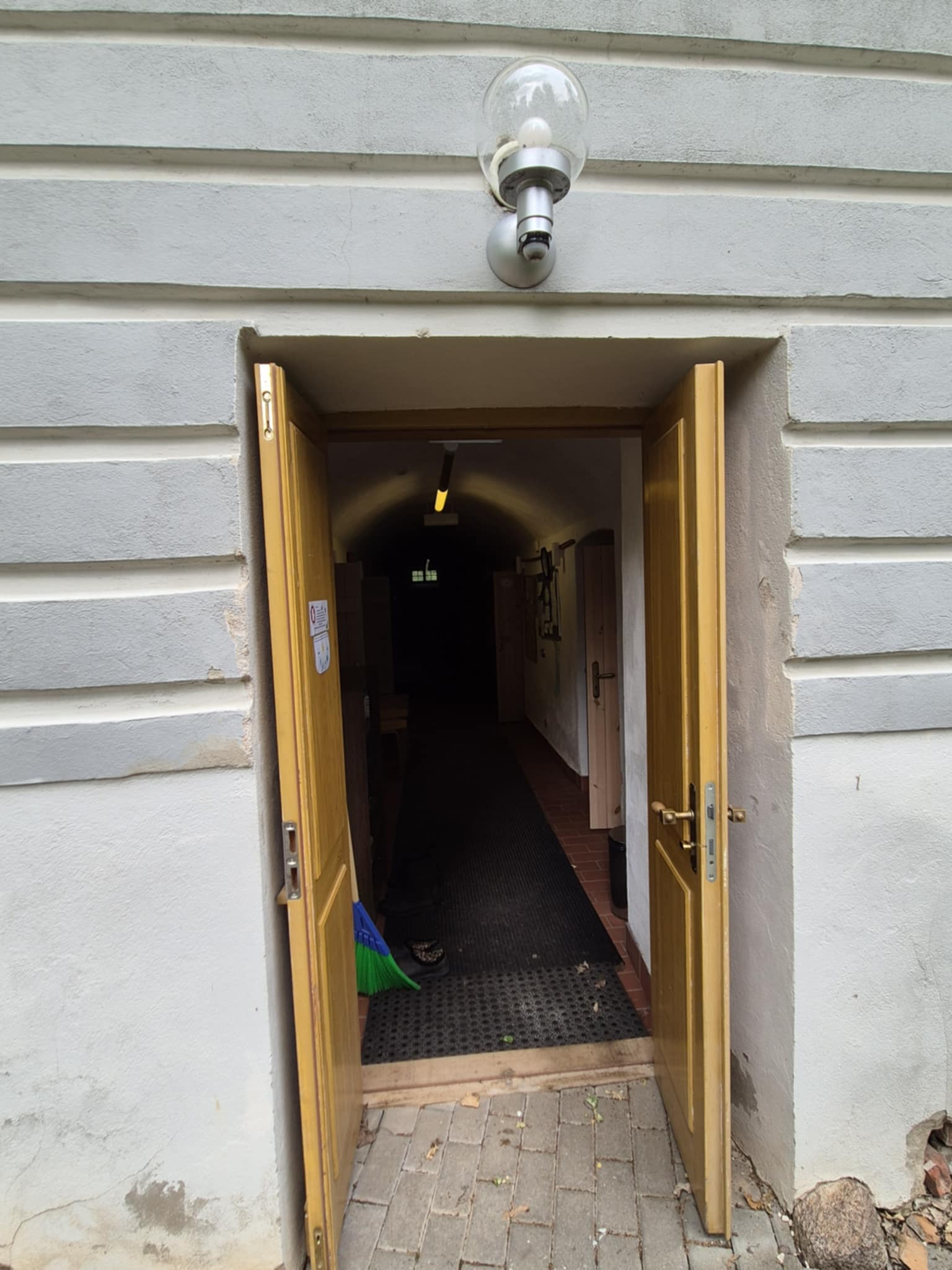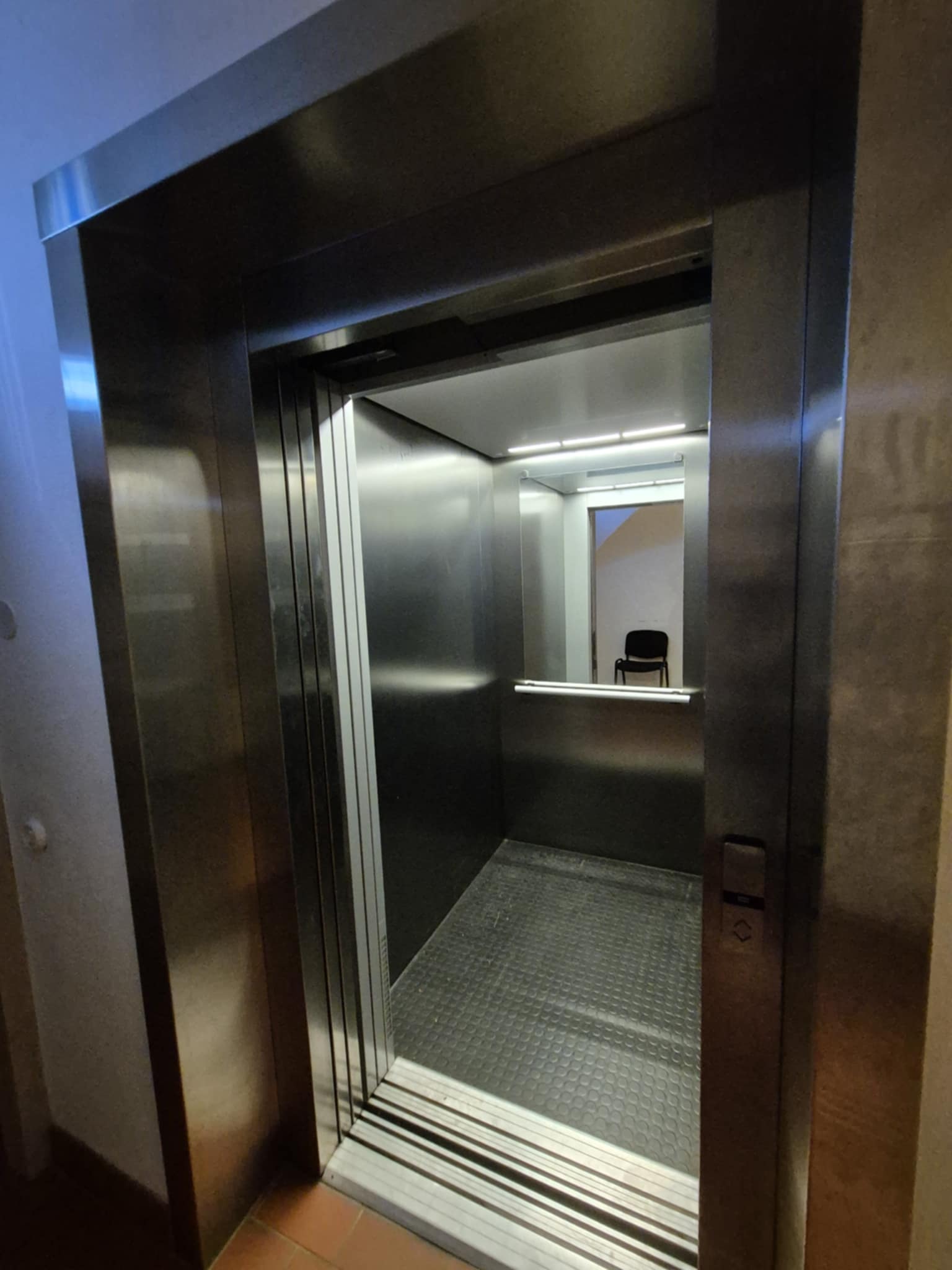Tammistu Manor
Objects of interest, Accessible to parents with baby-strollers, Accessible toilet, Parking lot for handicaps, Partly accessible
Object list
The manor was acquired in 2003 by the newly established Estonian Agrenska Foundation, which supports families with children who have special needs. Tammistu Manor was first mentioned in 1584. After the nationalization of manorial lands in 1919, the estate was gifted to the widow of Julius Kuperjanov, who died in the War of Independence. After World War II, Tammistu operated for a long time as a care home for the elderly. The restoration of the main building, which had stood empty and windowless for over 20 years, began in 2006. The building is now equipped with a lift and a ramp, essential for the operation of the Tammistu Family Center. Restoration efforts focused on preserving the original décor and the enfilade layout of the rooms. During the restoration, wall paintings in the Pompeii style and rich ceiling ornaments were discovered. The surroundings of the manor house were also improved largely with the help of volunteers.
Description
A central question in the restoration of Tammistu Manor was how to adapt the historical building into a modern support center. As a solution an elevator was installed and an entrance at the side of the manor was rebuilt to provide accessibility for mobility-aid users. The newer building is accessible for people with mobility impairment, however, it lacks tactile information, guide paths, tactile maps, and other supportive elements in this moment.
Accessibility
Facilities
7 Photos

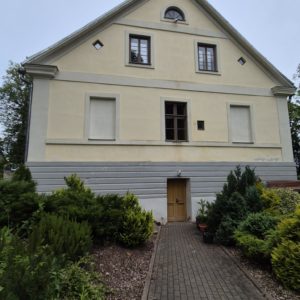
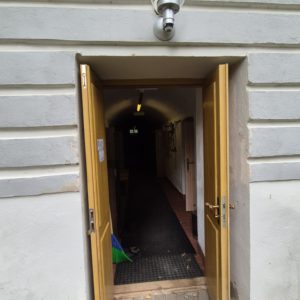
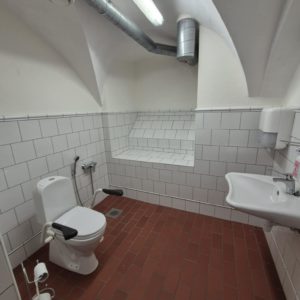
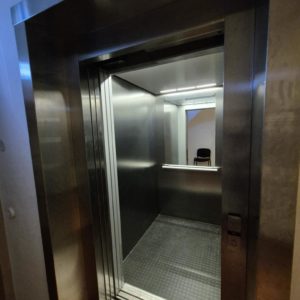
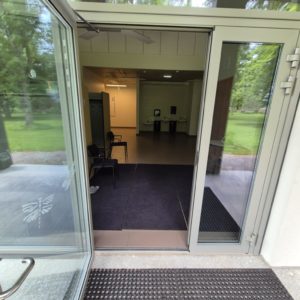
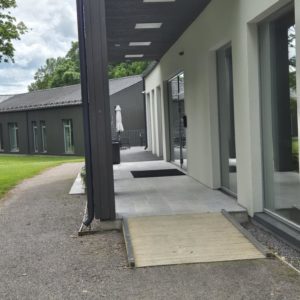
The manor was acquired in 2003 by the newly established Estonian Agrenska Foundation, which supports families with children who have special needs. Tammistu Manor was first mentioned in 1584. After the nationalization of manorial lands in 1919, the estate was gifted to the widow of Julius Kuperjanov, who died in the War of Independence. After World War II, Tammistu operated for a long time as a care home for the elderly. The restoration of the main building, which had stood empty and windowless for over 20 years, began in 2006. The building is now equipped with a lift and a ramp, essential for the operation of the Tammistu Family Center. Restoration efforts focused on preserving the original décor and the enfilade layout of the rooms. During the restoration, wall paintings in the Pompeii style and rich ceiling ornaments were discovered. The surroundings of the manor house were also improved largely with the help of volunteers.
Description
A central question in the restoration of Tammistu Manor was how to adapt the historical building into a modern support center. As a solution an elevator was installed and an entrance at the side of the manor was rebuilt to provide accessibility for mobility-aid users. The newer building is accessible for people with mobility impairment, however, it lacks tactile information, guide paths, tactile maps, and other supportive elements in this moment.
Accessibility
Facilities
7 Photos







